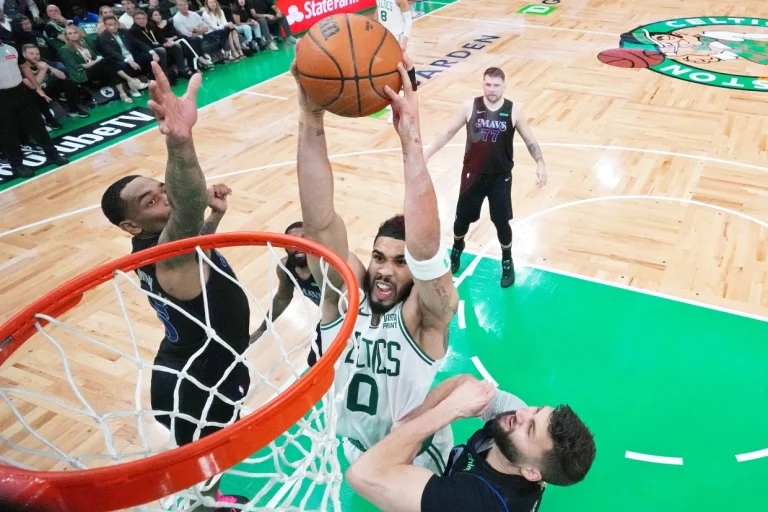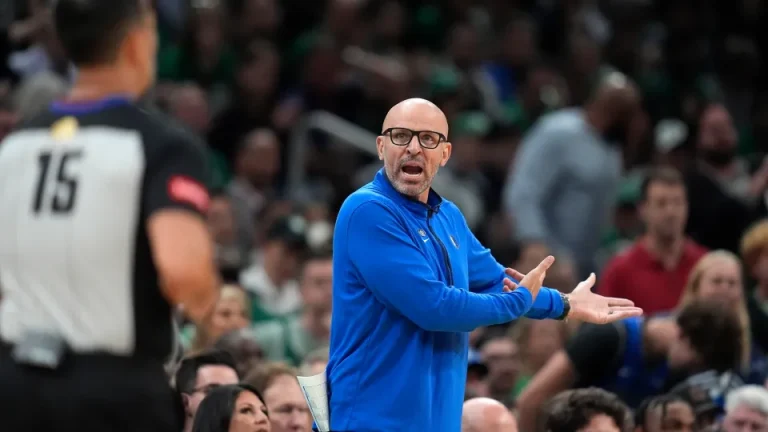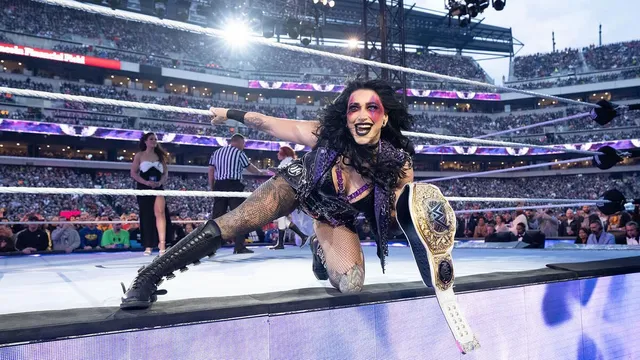Walk into almost any American high school these days and you’ll notice something different. The football field is still there, sure—the marching band still lines up on Friday nights, the cheerleaders still tumble, and the lights still hum. But the kids? Many of them aren’t sticking around. They’re in the computer lab, faces lit by screens, chasing championships in Valorant or Rocket League.
Yes, esports. And in thousands of schools across the U.S., it has already pulled ahead of the very thing that once defined teenage life in America: football under the lights.
The Quiet Switch
Football’s crown has been slipping for years. Parents worry about concussions. Enrollment is down. And honestly? Some teens would rather pull a clutch play on Twitch than take a helmet to the ribs in the cold.
Meanwhile, esports has exploded. Over 8,000 high schools and 300 colleges now run official programs. We’re not talking about casual after-school clubs—these are full-on varsity squads with coaches, scholarships, and state banners hanging in gymnasiums.
Scholarships, Sponsorships, Serious Money
Here’s the part parents can’t ignore: scholarships. Colleges are dangling real money for the sharpest players, sometimes matching what football recruits get. Families that once scolded kids for “gaming too much” are suddenly Googling esports camps and hiring private trainers.
Sponsors have followed the money. Nike, Red Bull, even car companies—they’re planting their logos on jerseys, betting that today’s gamer is tomorrow’s loyal customer.
A New Kind of Athlete
This shift is more than financial. It’s cultural. Esports gives the varsity jacket to kids who never thought they’d get one. Strategy sessions replace playbooks. Daily scrims instead of tackling drills. Reaction times are measured in milliseconds. And yes, teams even hit the gym—reflexes and focus demand physical stamina, too.
For students who never connected with football, basketball, or track, esports is the first time they’ve felt the rush of representing their school. The pride is the same; the arena just looks different.
Friday Nights, But Different
In small towns, the football field used to be sacred ground. Now? Some of the biggest crowds are in front of projectors or streaming events in packed auditoriums, watching their classmates nail impossible shots in front of a global online audience. The roar is the same. The jerseys are different.
It’s not that football is gone—it still rules plenty of regions. But the monopoly is over. Friday night is no longer just about cleats and helmets. It’s about keyboards, controllers, and kids whose biggest stage is digital.
What Happens Next
The big question: does this tilt continue? Do schools start putting more money into esports than football? Do booster clubs end up funding PCs instead of shoulder pads?
For now, what’s certain is this: the definition of “athlete” in America has changed. And whether old-school fans like it or not, the glow of a monitor is now competing with the glow of stadium lights—and in many places, it’s winning.







